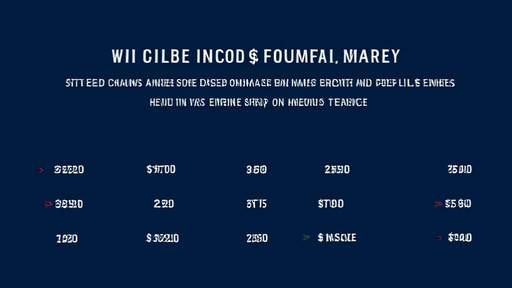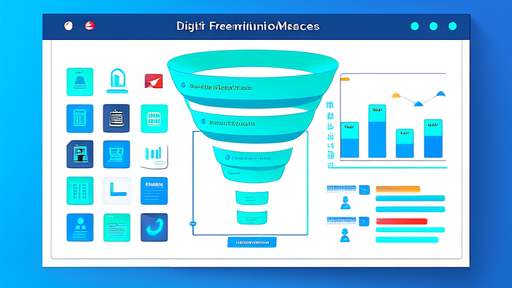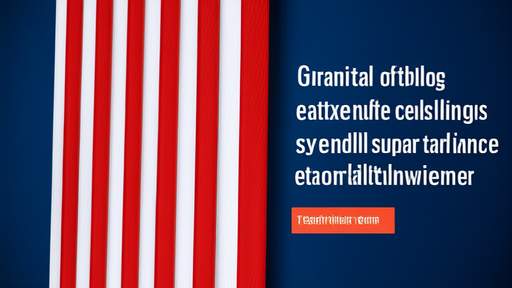The evaluation of shell resource quality in SPAC listings has emerged as a critical focal point for investors navigating the alternative public offering landscape. As blank-check companies continue proliferating across global markets, discerning market participants recognize that not all SPAC shells are created equal. The nuanced assessment framework separating premium vehicles from mediocre counterparts requires careful consideration of both quantitative metrics and qualitative factors.
Financial sponsors and institutional backers increasingly scrutinize the pedigree of SPAC formation teams before committing capital. Seasoned management groups with demonstrated operational expertise in target industries command greater confidence than opportunistic financiers lacking relevant sector experience. The track record of sponsors in previous SPAC ventures often proves telling - teams with successful prior combinations tend to structure more investor-friendly terms while demonstrating superior due diligence capabilities. Market intelligence suggests sponsors with operating backgrounds in technology, healthcare, or advanced manufacturing currently attract the highest quality PIPE investors.
Structural elements of the SPAC vehicle itself constitute another vital quality differentiator. Shells with longer duration windows before liquidation deadlines typically indicate stronger sponsor conviction, though this must be balanced against proper incentive alignment. The percentage of sponsor promote shares and their vesting schedules reveal much about potential misalignment - top-tier shells now frequently incorporate performance-based vesting milestones rather than simple time-based triggers. Warrants structure represents another key consideration, with sophisticated investors preferring simpler instruments that minimize future dilution complexities.
Working capital reserves and the size of forward purchase agreements serve as tangible indicators of shell quality. Premium SPACs increasingly secure committed backstop financing from institutional investors before even identifying targets, reducing execution risk during the de-SPAC phase. The presence of reputable anchor investors during the IPO stage often correlates with higher-quality shells, as these institutional players conduct thorough vetting before participation. Shells carrying excessive debt or those with convoluted capital structures typically struggle during the business combination phase.
Regulatory positioning forms an often-overlooked dimension of shell quality assessment. SPACs structured with cross-border merger flexibility or those incorporating recent SEC guidance on accounting treatment demonstrate forward-looking design. The legal team's expertise in handling complex mergers becomes particularly valuable when navigating contentious shareholder votes or regulatory hurdles in specialized industries. Market observers note that shells prepared with pre-vetted target criteria and clear investment theses tend to outperform speculative vehicles casting wide nets.
Post-merger governance provisions embedded in shell documents are gaining attention as critical quality markers. Premium SPACs now frequently include built-in protections such as independent director appointment rights for public shareholders or stricter change-of-control provisions. The quality of shell counsel becomes apparent in these governance structures - sophisticated legal teams anticipate potential conflicts and build appropriate safeguards during the initial structuring phase rather than attempting remediation during contentious negotiations.
Operational infrastructure supporting the shell often separates exceptional vehicles from mediocre ones. SPACs with established investor relations capabilities, experienced CFOs, and proper financial reporting systems transition more smoothly into operating companies. The availability of interim leadership to bridge operational gaps during the transition period proves particularly valuable for targets requiring immediate public company expertise. Market data indicates that shells demonstrating these support systems complete transactions faster and experience less post-merger volatility.
The evolving nature of SPAC shell quality assessment reflects market maturation as participants gain more sophisticated evaluation frameworks. While early-stage SPAC markets emphasized simple metrics like size and sponsor fame, current analysis incorporates multidimensional factors ranging from structural protections to operational readiness. This comprehensive approach enables investors to differentiate between shells likely to create long-term value versus those predisposed to disappointing outcomes. As regulatory scrutiny intensifies and market conditions fluctuate, these quality distinctions will likely become even more pronounced in determining SPAC success rates.
Transaction dynamics during the de-SPAC phase provide final validation of shell quality. Premium shells attract competitive bidding among desirable targets, often resulting in favorable terms for the SPAC entity. The quality of due diligence conducted during the combination process frequently correlates with post-merger performance - thorough shells employing specialized industry consultants tend to identify risks earlier and structure appropriate protections. Market participants now track the percentage of targets that undergo independent third-party valuations as another indicator of rigorous process quality.
Ultimately, the SPAC shell quality assessment has evolved into a holistic discipline combining financial engineering, governance design, and operational preparedness. As the market continues developing, these evaluation frameworks will likely incorporate additional dimensions such as ESG compliance standards and technological infrastructure capabilities. Investors allocating capital across multiple SPAC vehicles increasingly recognize that shell quality assessment represents a specialized skillset requiring dedicated resources and analytical frameworks distinct from traditional equity analysis.

By /Jun 3, 2025

By /Jun 3, 2025

By /Jun 3, 2025

By /Jun 3, 2025

By /Jun 3, 2025

By /Jun 3, 2025

By /Jun 3, 2025

By /Jun 3, 2025

By /Jun 3, 2025

By /Jun 3, 2025

By /Jun 3, 2025

By /Jun 3, 2025

By /Jun 3, 2025

By /Jun 3, 2025

By /Jun 3, 2025

By /Jun 3, 2025

By /Jun 3, 2025

By /Jun 3, 2025

By /Jun 3, 2025

By /Jun 3, 2025